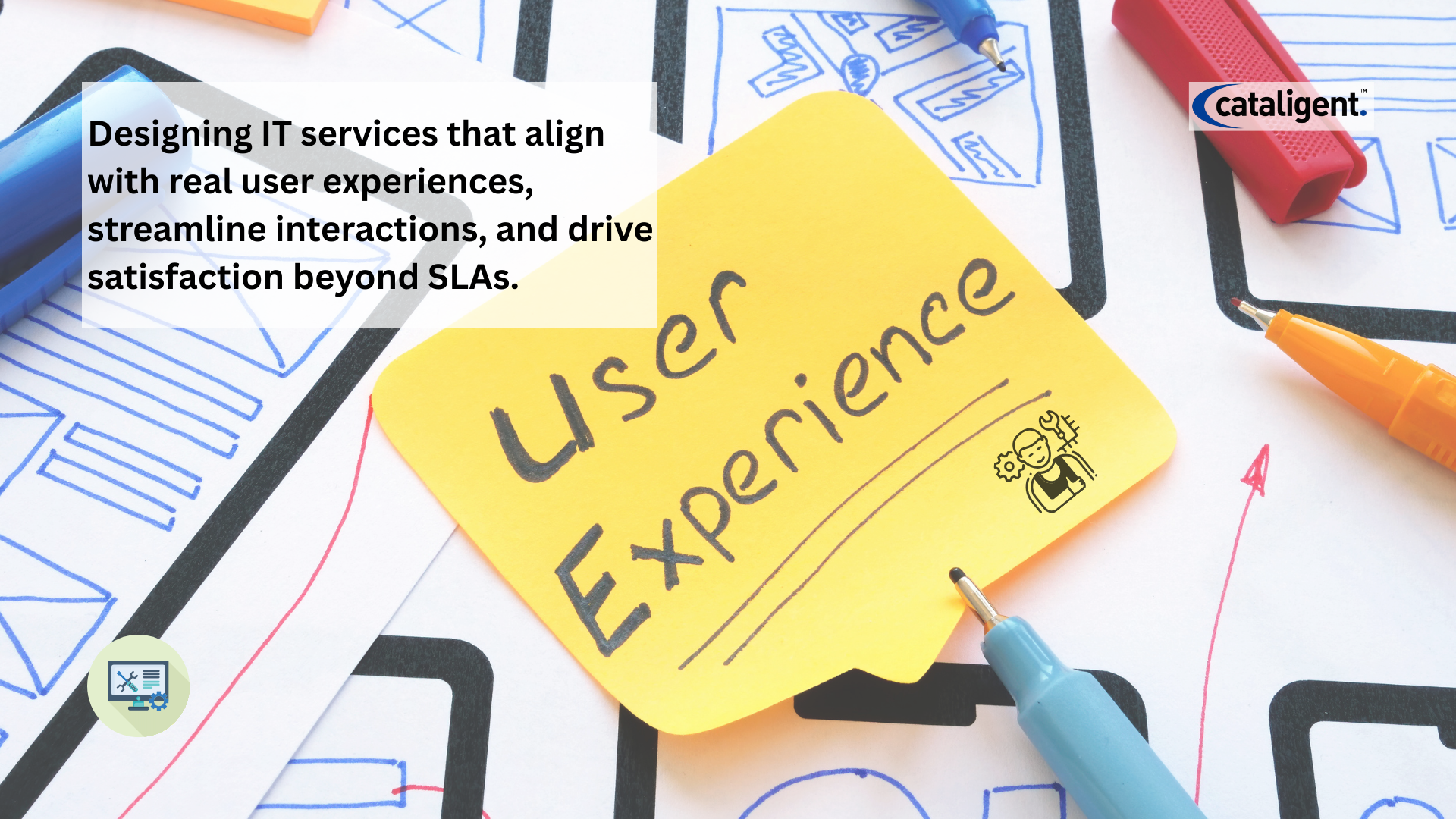Technology has always been central to business operations, but how employees and customers experience IT services is now just as important as the technology itself. Traditional ITSM frameworks have long focused on operational metrics such as ticket resolution times, SLA compliance, or system uptime. While these are critical, they often fail to capture what really matters: the quality of experience for the people using the services. This is where Experience-Centered ITSM steps in, shifting the lens from process efficiency to user journeys, satisfaction, and measurable business value.
What is Experience-Centered ITSM?
Experience-Centered ITSM redefines how IT services are designed, delivered, and measured. Instead of focusing solely on speed and process adherence, it prioritizes the end-to-end user journey—whether it’s an employee seeking support for a remote work setup or a customer interacting with a digital service. The goal is to ensure that IT not only resolves issues but also enables productivity, satisfaction, and trust.
This approach introduces new frameworks like Experience Level Agreements (XLAs), which measure emotional and practical outcomes—such as ease of use, satisfaction, or friction levels—alongside traditional SLAs.
Why Experience-Centered ITSM Matters
- Employee Productivity and Engagement
When employees struggle with clunky systems, repetitive IT issues, or long wait times, their productivity suffers. By focusing on seamless user journeys, ITSM ensures that technology becomes a productivity enabler, not a bottleneck. This directly translates into higher engagement and business performance. - Customer Loyalty and Retention
For customer-facing services, poor IT support often results in frustration and churn. Experience-Centered ITSM ensures smoother interactions, reducing digital friction and improving customer satisfaction. Happier customers stay longer and spend more. - Business Transformation Enablement
True business transformation requires agile, reliable, and human-centered IT services. An ITSM model that prioritizes experience helps organizations adopt new technologies faster, drive digital adoption, and ensure that transformation initiatives deliver value at every touchpoint. - Beyond SLAs: Measuring What Truly Matters
Meeting an SLA might mean an issue was resolved in four hours, but if users were unproductive and frustrated during that time, the business still loses. XLAs and experience-driven metrics measure the real business impact, aligning IT performance with business outcomes.
How Experience-Centered ITSM Works
- User Journey Mapping
Organizations identify and document the critical touchpoints where users interact with IT services. This could be onboarding, requesting new hardware, or escalating an incident. Mapping journeys highlights pain points that traditional metrics often overlook. - Experience Metrics (XLAs)
Experience Level Agreements define success in terms of satisfaction and usability. For example, instead of measuring how fast a password reset ticket is closed, XLAs track whether users could seamlessly regain access and continue work without disruption. - Proactive Support and Sentiment Analysis
Experience-Centered ITSM leverages AI and analytics to monitor user sentiment in real time. This includes employee feedback surveys, usage patterns, and even predictive monitoring that identifies problems before users report them. - Continuous Feedback Loops
Feedback isn’t just collected—it’s integrated into ITSM workflows to improve services continuously. By treating user sentiment as a core input, IT evolves alongside business needs.
Role of Business Transformation in Experience-Centered ITSM
Business transformation is more than technology upgrades—it’s about changing how an organization works and delivers value. Experience-Centered ITSM plays a pivotal role in ensuring transformation efforts don’t just modernize processes but actually improve day-to-day experiences.
- Change Adoption: New tools or workflows are only successful if employees embrace them. By prioritizing experience, ITSM accelerates adoption and reduces resistance to change.
- Culture of Service: IT is no longer just a support function; it becomes a partner in creating positive user outcomes that drive transformation goals.
- Resilient Operations: During transformation, disruptions are inevitable. Experience-driven ITSM ensures business continuity by minimizing friction and keeping users engaged.
How Cataligent Can Help
Cataligent empowers organizations to implement Experience-Centered ITSM by combining consulting expertise with advanced platforms like CAT4 to deliver meaningful, measurable improvements.
- Experience Audits and Journey Mapping
Cataligent assesses existing IT service interactions, identifies user pain points, and maps journeys to design experience-first service models. - AI-Powered Sentiment and Proactive Monitoring
With CAT4, Cataligent enables real-time monitoring of user sentiment and predictive analytics to resolve issues before they escalate. - Continuous Improvement Programs
Cataligent integrates feedback loops into ITSM operations, ensuring services evolve with changing user expectations and transformation initiatives. - Business Transformation Alignment
Cataligent ensures that ITSM initiatives are not isolated but directly connected to broader transformation goals—enabling faster adoption, measurable ROI, and long-term competitive advantage.
Final Thoughts
Experience-Centered ITSM isn’t just an evolution of service management—it’s a transformation in mindset. By focusing on journeys, outcomes, and satisfaction, IT shifts from being a cost center to a driver of productivity, loyalty, and growth. Organizations that embrace this approach not only save costs hidden in downtime and frustration but also unlock new value through empowered employees and satisfied customers.
With Cataligent’s expertise and the CAT4 platform, businesses can move confidently into this new era of ITSM—where every service is designed with experience at the core, and every transformation initiative delivers meaningful impact.

